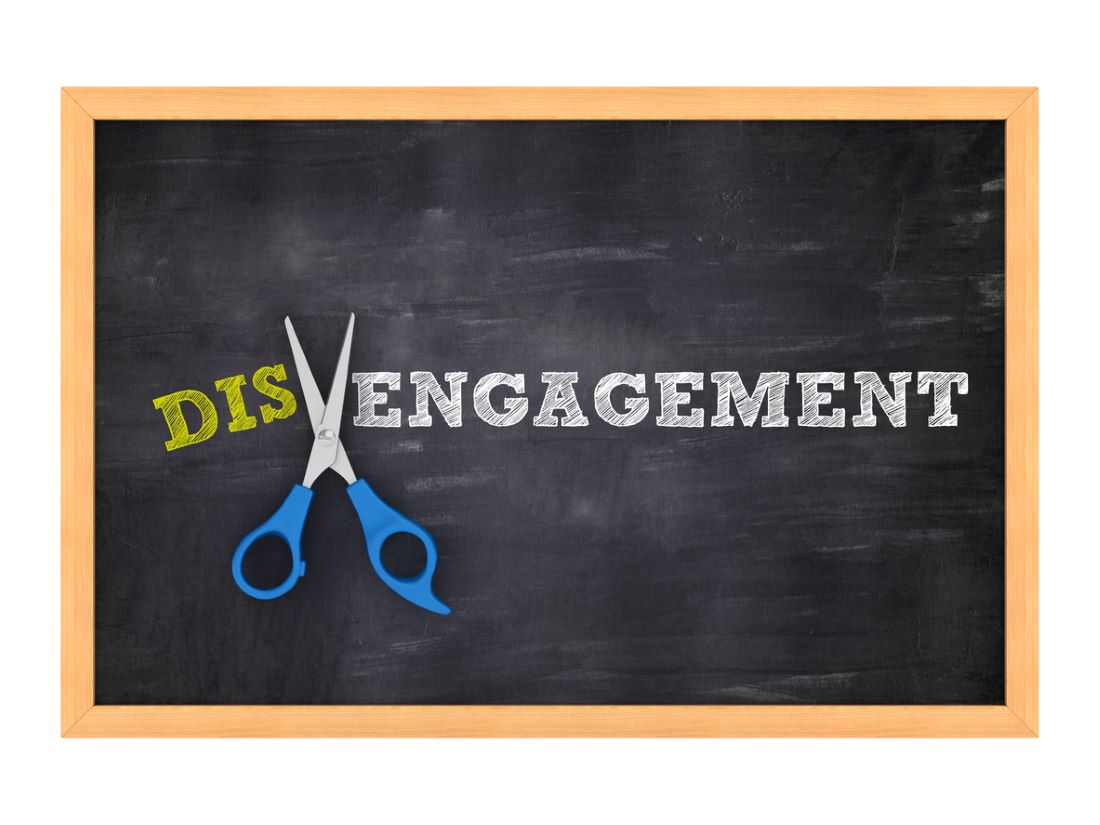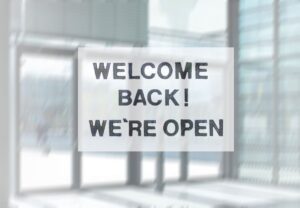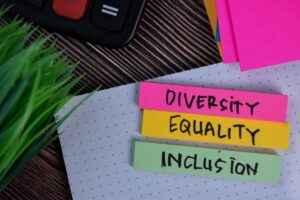The impact of the Delta variant, the Great Disengagement, and a case study in employee empowerment
Here are three very different aspects of the impact of the pandemic on employees and return-to-the-workplace initiatives.

1. There’s an old military expression: No plan survives first contact with the enemy. It’s been repeated countless times with many variations, including, famously, by Winston Churchill and Dwight Eisenhower. But perhaps no one summarized it as well as the boxer Mike Tyson, who said, “Everyone has a plan until they get punched in the mouth.”
There’s an old saying to the effect that planning is essential, but plans are worthless. That’s kind of what happened in the summer of 2021, as organizations across the country and around the world were moving forward with their return-to-the-workplace policies. The COVID-19 pandemic had subsided all through the first half of the year as vaccination reached virtually all Americans who wanted it. The challenge was that not all Americans wanted it, and then a highly contagious new strain of the virus, the Delta variant, swept through the country.
All through the month of July, bellwether companies announced they were pushing back return-to-the-workplace plans. Apple did it on July 20. Google did the same on July 28. Uber, Lyft, the New York Times Company and many others similarly delayed returns to the office.
Perhaps no announcement of a delayed return to the workplace affected overall corporate psychology as much as Amazon, which said in early August that it was postponing the return until 2022. Amazon has been one of the big winners during the pandemic, as people sheltering in place migrated to online shopping. The tech giant generated almost $30 billion in profit in the last year.
Here’s a sampling of organizations that pushed back their plans:
- Wells Fargo
- Microsoft
- Target
- McDonald’s
- The Hartford Financial Services Group
- NBCUniversal
- ViacomCBS
- Capital One
2. At the same time, organizations have become stricter about employee vaccination. All through 2021, the prevailing policy was to recommend vaccination but not mandate it. That all changed with the Delta variant. McDonald’s, Walt Disney, Walmart, Netflix, Facebook, Morgan Stanley, Saks Fifth Avenue, Lyft, Twitter and many others have recently introduced vaccination requirements. CNN fired three workers who violated that company’s safety protocols. Now, as this is written, organizations are adjusting return-to-the-workplace plans and communicators are grappling with the messaging.
It’s been in the news frequently in the last few months. U.S. workers are actively seeking a new job or watching for opportunities in unprecedented numbers. Forty-eight percent of workers are looking for a different job, according to recent Gallup research, and the U.S. Department of Labor reported that workplace resignations set a 20-year record in April 2021, with four million employees quitting their jobs.
An additional 3.6 million people left their jobs in May, according to the Bureau of Labor Statistics.
But the real problem isn’t “the Great Resignation.” It may be the “Great Discontent,” Gallup says. If the job searcher (48% of the workforce, per Gallup), is a subset of disengaged workers, then disengagement is the issue—Gallup says 74% of workers are disengaged in their current jobs, according to recent Gallup research.
Disengagement is costly. Lost productivity of not engaged and actively disengaged employees is equal to 18% of their annual salary. Disengagement would cost a company of 10,000 employees with an average salary of $50,000 per worker $60.3 million a year. It costs $9,000 a year to keep each disengaged worker and between $25,000 and $100,000 to replace them.
What’s driving this lack of engagement? In a word, it’s the pandemic. The pandemic caused the economic collapse last year, in which millions were thrown out of work. The pandemic caused the mental health crises among those still working, especially in frontline jobs like health care, customer-facing services like restaurants, and first responders. And the pandemic caused people to rethink their goals. People are leaving their jobs in search of more money, NPR says, or more flexibility and more happiness. Many are rethinking what work means to them, how they are valued, and how they spend their time.
This, naturally enough, leads to the Great Discontent, as organizations were (and still are) compelled to make up for lost revenue and profit margins. The pressure on workers increases. Sometimes, they disengage.
Most managers need help to deliver on the elements of engagement and well-being. This includes having meaningful conversations, setting expectations and creating accountability. It includes individualized performance management that helps bring out the best in employees and simultaneously establish a culture and employee experience that works for workers. Interestingly, while pay is important, it’s not by itself decisive. Pay strategies can reinforce engagement or erode it.
In the end, the pandemic fundamentally changed how work people, and it might have changed how they actually view work. The work-life balance changed. Work-life boundaries changed. For many, there was no more commute—and no desire to go back to one. It comes down to understanding what a good job feels like post pandemic. And Gallup says managers are the key.
The website Reworked, which covers the evolution of the workplace, says don’t give people a reason to resign. “During the pandemic, many employees felt that they had to endure whatever hardship or negative feelings they were having about their current employer because of the uncertainty of the economy, business closings, lockdowns and health concerns,” Reworked said.
3. Dixon Hughes Goodman, the largest public accounting firm in the Southern U.S., has launched a return-to-work strategy, titled “DHG Anywhere.”
The plan embraces a hybrid workforce for all of its 2,300 employees, including those at its corporate headquarters in Charlotte, North Carolina, starting in September.
“Without a doubt, it was clear that our team members desired a more flexible approach,” says Tricia Wilson, managing partner of talent and leadership and executive sponsor for the program. “We heard time and time again that team members wanted to continue having the flexibility to work from home. This truly informed our decision to go hybrid.”
The resulting policies included:
- A hybrid-by-default setting for all employees
- A flexible workplace policy designed to take in client, team, and employee needs
- The creation of “Align Groups” to maintain culture and career accountability
- Free addressing for office spaces
DHG used several tactics to inform its decision, including a task force and extensive use of employee surveys.
Taskforce efforts
To build its return-to-work strategy, DHG created a task force of more than 60 employees from all areas and levels within the firm. It divided the group into four workstreams: workspace, workforce, culture, and clients. A firm partner leads each workstream with diverse members from their teams.
Recognizing that company culture looks different in a hybrid setting, DHG set out to recreate a way for in-person casual connections to take place in a hybrid or virtual environment.
The answer was the creation of “Align Groups.” The intent for the groups is to mimic a natural alignment with coworkers who may work in the same industry, service line or with the same types of clients. A knowledgeable partner will lead a group of 10 people on a spectrum from entry-level to senior managers. Leaders are chosen for their communication, relationship and coaching skills.
“We expect that it will be fluid, and it will change, and we’re really trying to live by that idea of ‘rooted in flexibility,’” says Chief People Officer Katrina Thompson. “We figure if we want to give people flexibility, then we shouldn’t have a great deal of structure around that flexibility.”
COMMENT
Ragan.com Daily Headlines
RECOMMENDED READING
The widely diverging flashpoints of the return-to-work summer
When DE&I isn’t just an abstract acronym
3 Things: Pride Month edition
Tags: Amazon, Apple, bureau of labor statistics, delta variant, DHG, Dixon Hughes Goodman, employee engagement, Gallup, Google, great resignation, return to work




